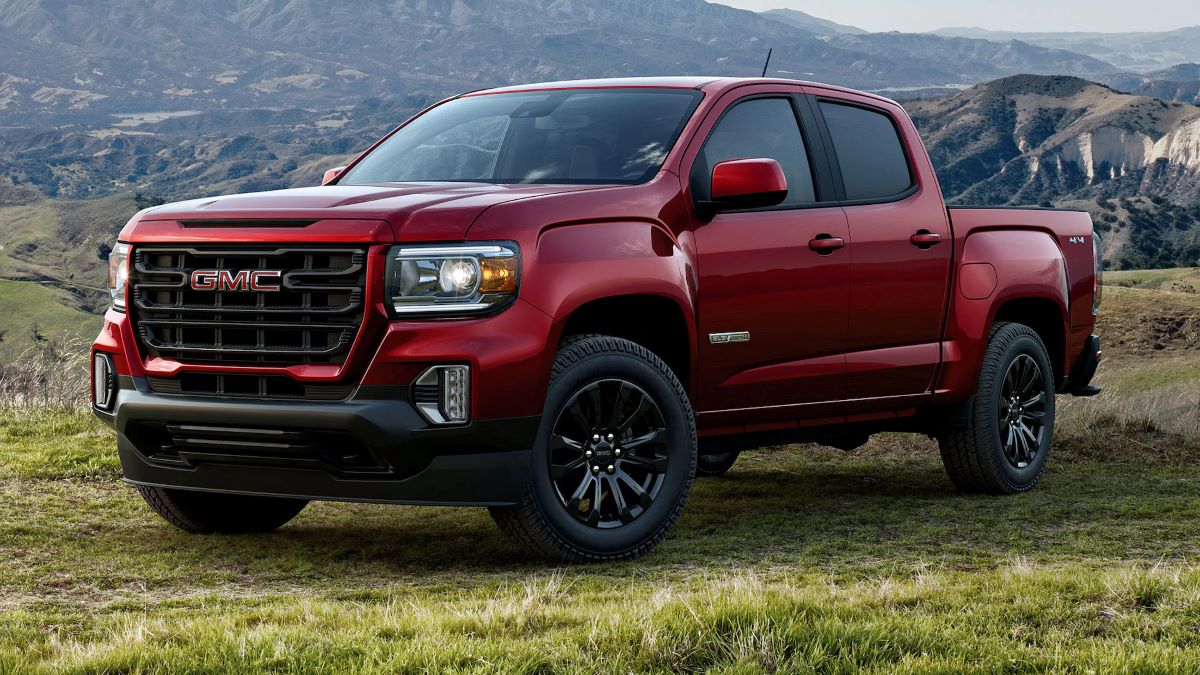The pickup truck market in North America represents one of the most fiercely contested battlegrounds in the automotive industry. With millions of units sold annually, trucks have evolved far beyond their original utilitarian roots, transforming into lifestyle vehicles, status symbols, and indispensable tools for work and recreation alike.
For dealerships and manufacturers, understanding which trucks sell quickly—and more importantly, which linger on lots despite discounts—can make a massive difference in inventory management, profitability, and customer satisfaction.
In recent years, the demand for trucks has skyrocketed. Buyers are no longer just seeking brute strength and towing capacity; modern consumers want trucks that blend power with comfort, technology, and efficiency. Consequently, the segment has expanded to include a vast range of models—from full-size behemoths to midsize workhorses, and even hybrid and electric variants.
Yet, not all trucks enjoy equal popularity or market traction. Some models seem to fly off dealership lots, often selling out before they’re even officially listed. Others, despite significant price reductions and aggressive incentives, stubbornly sit idle, taking up precious lot space and diminishing dealership profitability.
This stark contrast begs the question: What makes certain trucks so irresistible, while others struggle to find buyers? The answer is a multifaceted mix of brand reputation, product quality, performance specifications, pricing strategy, market positioning, and even regional consumer preferences.
Trucks like the Ford F-150, Chevrolet Silverado, Ram 1500, Toyota Tacoma, and GMC Sierra are perennial favorites, commanding loyal followings and enjoying high resale values that attract buyers quickly. These models offer a blend of innovation, versatility, and reliability that appeals to a broad audience, from commercial fleets to weekend adventurers.
On the flip side, trucks such as the Nissan Titan, Honda Ridgeline, Ford Ranger, GMC Canyon, and Fiat Fullback often face uphill battles in capturing consumer interest. Factors such as weaker brand recognition, less competitive feature sets, ambiguous market positioning, or limited dealer support contribute to slower sales cycles. Even substantial discounts sometimes fail to move these trucks quickly, forcing dealerships into prolonged holding periods that tie up capital and complicate inventory turnover.
Understanding the dynamics behind these trends is essential for various stakeholders. Dealers can optimize inventory decisions, prioritize popular models, and tailor their marketing efforts more effectively. Buyers gain insight into which trucks hold their value and offer better long-term satisfaction. Manufacturers can refine product development, identify gaps in their lineups, and address customer needs with more precision.
In this article, we will take a deep dive into the characteristics that define five trucks that routinely sell before they’re officially listed, highlighting the unique qualities that drive demand and loyalty. Conversely, we will explore five models that tend to linger on dealership lots, examining the reasons behind their sluggish sales and what factors may influence their future success.
Through this comprehensive comparison, readers will gain a clearer understanding of the complex interplay between consumer preferences, market forces, and product strategy in the competitive world of pickup trucks.
Whether you are a potential truck buyer, a dealership manager, or an industry enthusiast, this analysis aims to provide a valuable perspective on why some trucks command immediate attention and others struggle to find a foothold. Trucks are not merely vehicles; they are investments, extensions of lifestyle, and essential work partners.
Recognizing the factors that separate the winners from the laggards in the truck market can empower better decisions and smarter purchases. So buckle up as we embark on a detailed exploration of five trucks that consistently sell before you list versus five that sit, even when discounted.
Also Read: 5 Cars That Lock Themselves Instantly and 5 That Stay Vulnerable for Minutes
5 Trucks That Sell Before You List
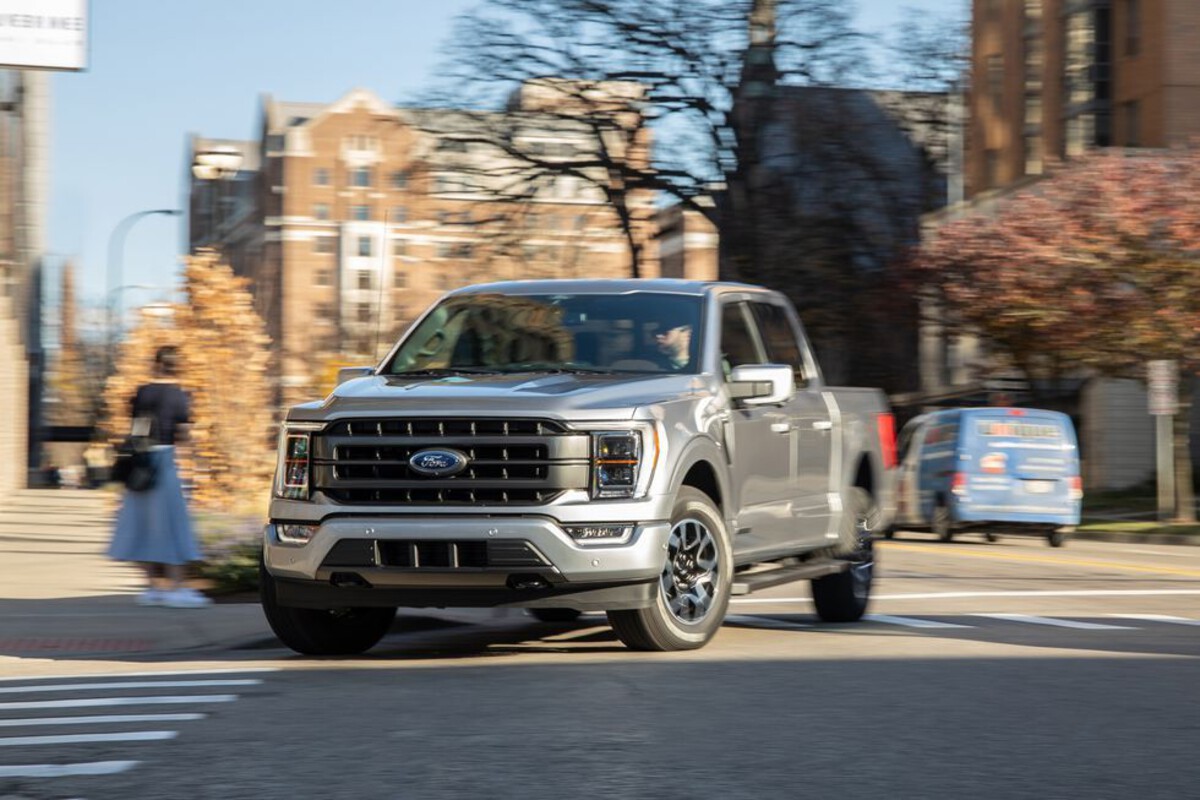
1. Ford F-150
The Ford F-150 is much more than a best-seller; it is the embodiment of what an American pickup truck represents to millions of drivers. For decades, the F-150 has set the standard for power, durability, and versatility, making it a perennial favorite among both commercial users and personal owners.
One of the key reasons it sells before it even hits the lot is its remarkable ability to cater to an incredibly broad range of needs. Ford offers the F-150 in multiple trims—from the work-focused XL to the luxury Limited, as well as the performance-oriented Raptor—ensuring there’s a model tailored for nearly every type of buyer.
Whether someone needs a truck to tow heavy equipment on a construction site or a comfortable family hauler with the latest infotainment technology, the F-150 offers options that fit the bill.
This variety also extends to its powertrain lineup, which has expanded to include turbocharged V6 engines, robust V8s, diesel options, and even a hybrid variant.
The recent addition of the all-electric F-150 Lightning marks Ford’s commitment to innovation and sustainability, appealing to a growing number of buyers looking for eco-friendly alternatives without sacrificing performance.
This comprehensive range of choices creates excitement and anticipation around new releases, prompting many customers to reserve their trucks months in advance or even place deposits before the truck officially arrives at dealerships.
Another critical factor behind the F-150’s pre-list sell-through is Ford’s impeccable reputation for reliability and resale value. Long-time truck owners tend to stick with the F-150 because they trust its durability over hundreds of thousands of miles, knowing it will handle the toughest jobs and retain its worth over time.
This confidence drives demand from both individual buyers and fleets, with commercial buyers frequently placing bulk orders or reserving units ahead of time to ensure continuity in their operations. The F-150’s strong resale value also reassures buyers that they are making a financially sound purchase, further increasing demand.
Dealer networks and marketing strategies amplify the F-150’s fast sales cycle. Ford’s vast dealership network ensures availability and service reach across urban and rural areas, enhancing buyer confidence. Dealers often maintain waitlists for popular trims or special editions, meaning that by the time the truck arrives, it’s already spoken for.
Meanwhile, Ford’s marketing efforts highlight not only the truck’s raw capability but also its modern features, such as Pro Trailer Backup Assist, adaptive cruise control, and advanced towing technology, creating a buzz that fuels early demand.
This comprehensive approach—from product variety to after-sales support—helps explain why the Ford F-150 routinely sells before it’s officially listed.
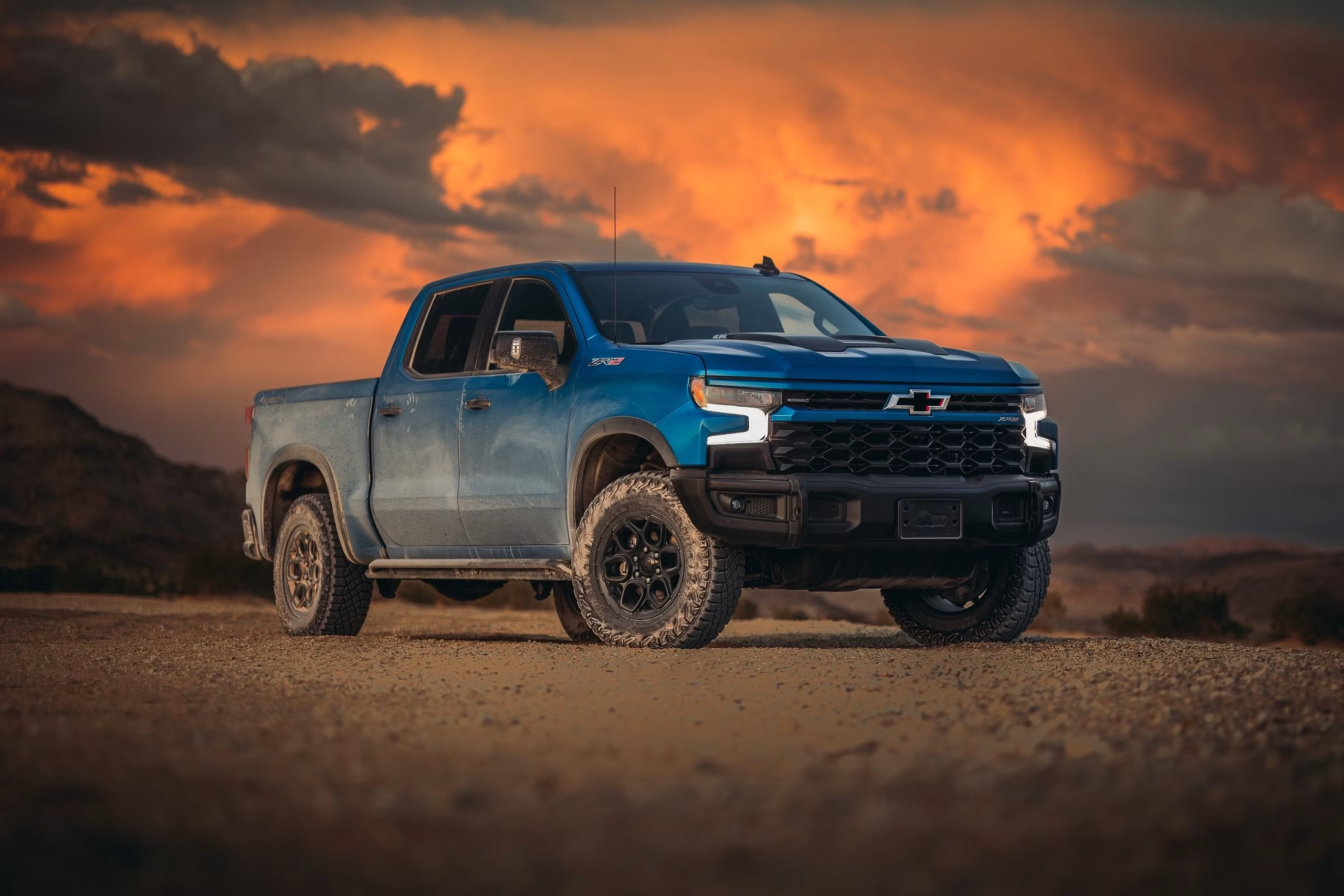
2. Chevrolet Silverado 1500
The Chevrolet Silverado 1500 has long stood as a formidable competitor to the Ford F-150, boasting a rich history of toughness and innovation that appeals to a wide demographic.
One of the main reasons the Silverado sells rapidly—even before it officially hits dealership lots—is the vehicle’s well-balanced offering of power, comfort, and technological advancements.
Chevrolet provides several engine options, including a fuel-efficient turbocharged four-cylinder, robust V8s, and a diesel variant, catering to different buyer priorities. Whether the customer values fuel economy or raw towing capacity, the Silverado provides viable solutions, increasing its attractiveness and demand across multiple segments.
The Silverado’s recent redesigns have emphasized improving the cabin experience, which plays a significant role in driving sales velocity.
The introduction of premium interiors, intuitive infotainment systems with large touchscreens, and advanced safety features such as lane-keeping assist and automatic emergency braking has repositioned the Silverado as not just a workhorse but also a comfortable daily driver.
This wider appeal has allowed Chevrolet to tap into customer bases who may have previously shied away from pickups, including families and tech-savvy buyers. The increased comfort and convenience features boost buyer enthusiasm, causing many Silverado models to be reserved or sold before arriving at the dealership.
Brand loyalty and marketing strength also support the Silverado’s rapid turnover. Many buyers have positive past experiences with Chevrolet trucks or have grown up in households where the Silverado was the go-to vehicle. This multigenerational loyalty means that new model announcements often create immediate interest, with customers eager to upgrade or stick with the brand.
Dealers capitalize on this loyalty by maintaining reservation lists or offering limited pre-release allocations to their best customers. These practices ensure that the Silverado frequently sells out or is snapped up quickly, sometimes before dealers can officially advertise the vehicle.
Pricing flexibility further contributes to the Silverado’s quick sales. Chevrolet offers a broad spectrum of trims and configurations at competitive prices, allowing buyers to select models that fit their budgets without sacrificing features or capability.
This tiered pricing strategy attracts both price-sensitive customers and those seeking premium trims with luxury touches, ensuring the Silverado appeals to a diverse group of buyers. Combined with Chevrolet’s strong dealer incentives and financing options, this pricing approach generates urgency in the market and moves inventory swiftly, often before the trucks hit the sales floor.
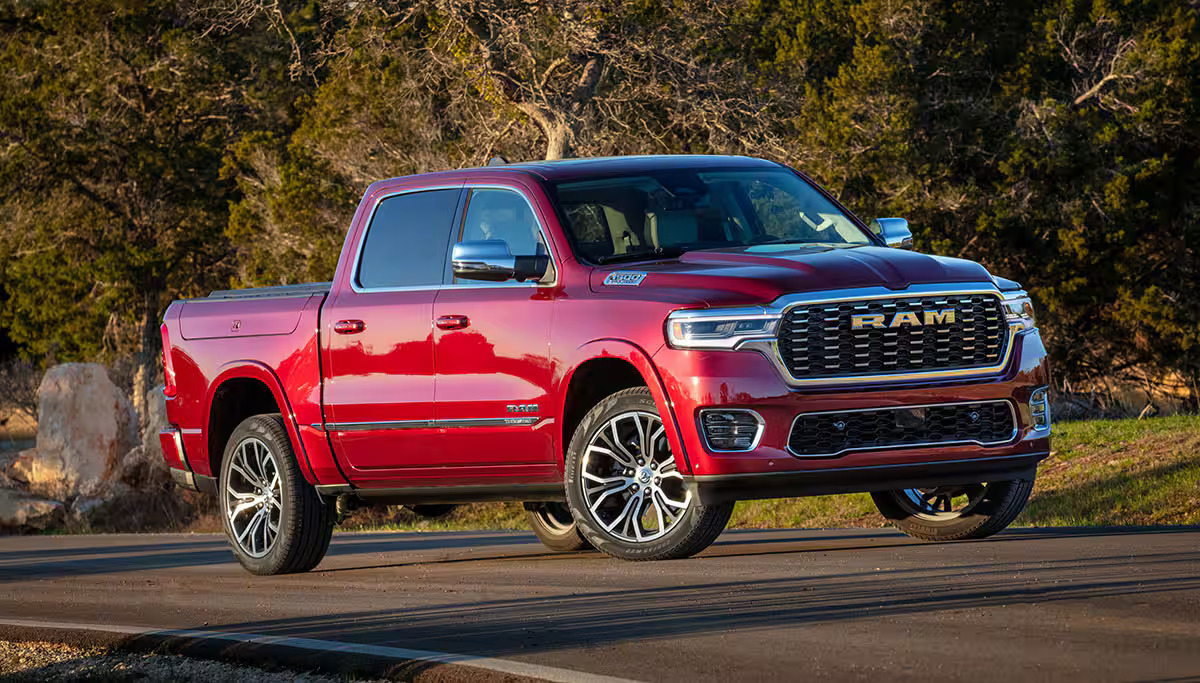
3. Ram 1500
Ram has experienced a remarkable transformation in the pickup world, with the Ram 1500 emerging as a leader in combining rugged performance with luxurious refinement. One of the reasons the Ram 1500 sells quickly before it even hits dealership lots is the brand’s emphasis on ride comfort and technology, which has resonated deeply with a new wave of truck buyers.
Unlike many traditional pickups that prioritize raw power above all else, the Ram 1500 focuses on delivering a smooth, quiet, and comfortable driving experience, rivaling many luxury SUVs. This shift has broadened its appeal to customers who want the utility of a truck without the harsh ride quality associated with earlier models.
The truck’s air suspension system plays a key role in this refined driving experience, allowing for adjustable ride height and better handling on varying terrain.
Additionally, Ram’s interior design has received widespread praise for its use of premium materials, spacious layout, and intuitive infotainment systems, including the massive 12-inch touchscreen found on higher trims.
These features have helped Ram capture buyers looking for a “daily driver” truck that doesn’t compromise on comfort or style. This segment of buyers often acts quickly, securing their preferred configurations through pre-orders or dealer allocations.
Ram’s branding and marketing strategy have also been highly effective. By positioning the Ram 1500 as a truck that fits both work and lifestyle needs, the brand has created a strong emotional connection with customers. Campaigns often emphasize the truck’s balance of toughness and sophistication, attracting a diverse group of buyers from contractors to families and outdoor enthusiasts.
Positive reviews and accolades from industry experts further fuel consumer confidence, making it easier for dealers to sell Ram trucks before formal listings. This anticipation and trust contribute significantly to the rapid movement of inventory.
Price and incentives also bolster the Ram 1500’s quick sales. Ram offers competitive financing, leasing options, and trade-in deals that create urgency for buyers to act fast. The availability of a wide range of trims—from the affordable Tradesman to the high-performance TRX—means there is a Ram for almost every budget and taste.
This accessibility, combined with strong residual values and reliable performance, means Ram trucks rarely sit on lots long. Instead, they are often sold before arriving, as dealers know demand will outstrip supply for most configurations.
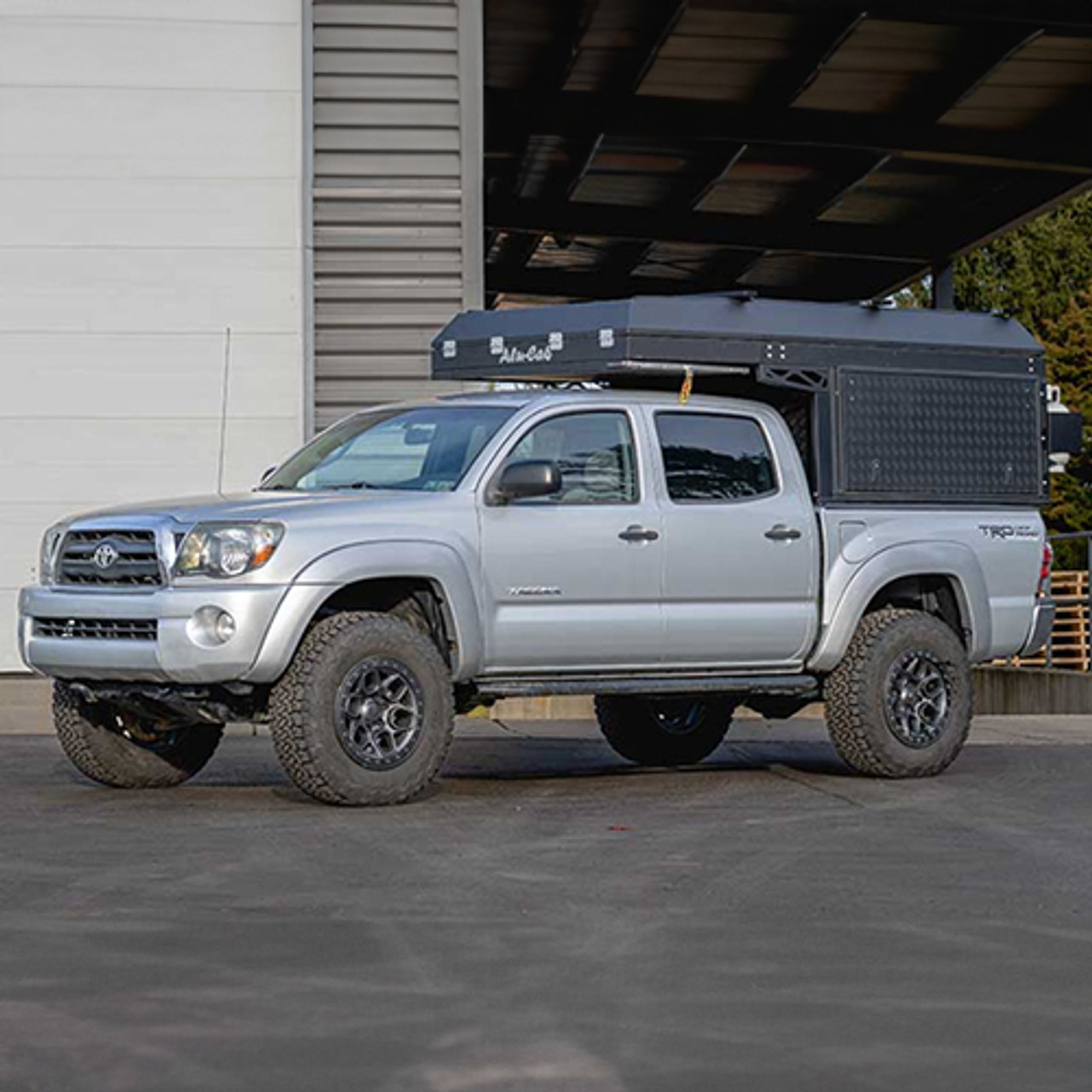
4. Toyota Tacoma
The Toyota Tacoma stands as a beacon of reliability and practicality in the midsize truck segment, earning a fiercely loyal following that often results in trucks being sold before they hit the market.
One of Tacoma’s primary draws is its legendary reliability, which has made it a favorite among buyers who want a truck that can endure tough conditions and high mileage without frequent repairs.
This reputation, backed by Toyota’s proven engineering and quality control, instills strong buyer confidence. Many consumers perceive the Tacoma as a no-risk purchase, which drives up demand and results in inventory moving fast.
Off-road capability is another cornerstone of the Tacoma’s appeal. The truck’s rugged build, paired with specialized trims like the TRD Off-Road and TRD Pro, caters to outdoor enthusiasts who need a vehicle capable of handling rough trails and remote locations.
The Tacoma’s size also makes it more maneuverable than full-size pickups in tight or rugged environments, giving it an edge among buyers who need a vehicle for both daily driving and adventure. The popularity of these trims often creates waitlists that close before the trucks even land on dealer lots.
Supply and demand dynamics significantly influence Tacoma’s rapid sales as well. Toyota has historically kept production of the Tacoma somewhat conservative, prioritizing quality and limiting overproduction. This strategy keeps inventories tight, especially in high-demand regions such as the Western United States.
When new models or updates are announced, dealers frequently receive fewer units than the market demands, leading to quick pre-sales and minimal lot time. The scarcity of Tacomas enhances their desirability and resale value, creating a feedback loop that makes these trucks move rapidly through dealer networks.
Finally, the Tacoma’s balanced mix of practicality, reliability, and cultural status ensures that it maintains a strong market position. Whether the buyer is a first-time truck owner, an off-road enthusiast, or a daily commuter needing utility and dependability, the Tacoma fits numerous roles effectively.
This versatility, combined with Toyota’s global reputation and solid customer service network, drives consistent and early demand. As a result, dealers rarely need to list Tacomas publicly for long; they often sell out before ever appearing on lots.
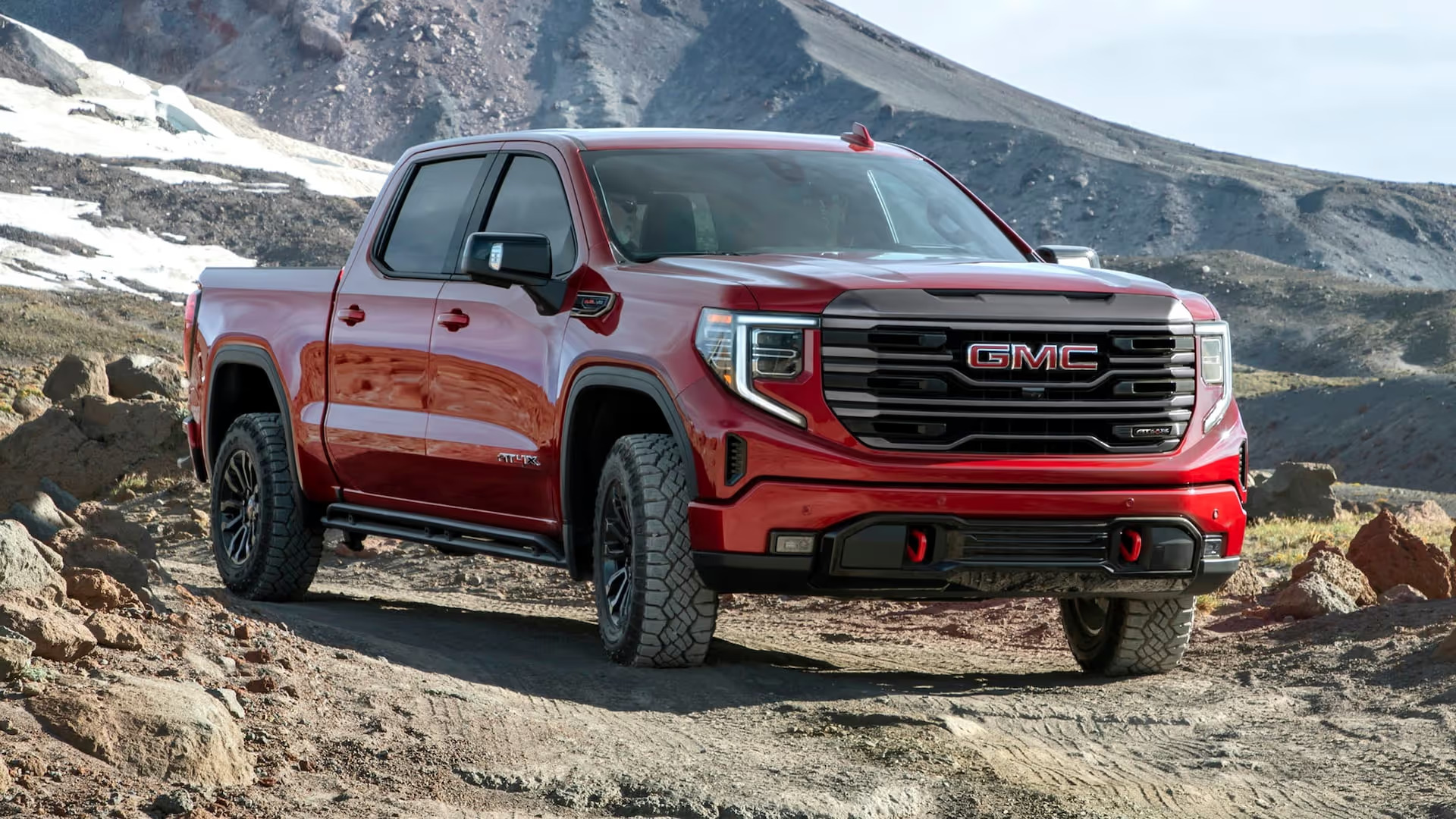
5. GMC Sierra 1500
The GMC Sierra 1500 occupies a niche within the full-size pickup market by positioning itself as a premium, more refined alternative to its corporate cousin, the Chevrolet Silverado. This emphasis on luxury and style is one of the key reasons the Sierra often sells before it even arrives at dealerships.
Buyers looking for a truck that offers both serious capability and upscale appointments gravitate toward the Sierra’s premium trims, such as the Denali, which feature high-end materials, advanced technology, and a refined driving experience. This blend of capability and luxury appeals to customers who want more than just a work truck—they want a vehicle that can serve as a comfortable, stylish daily driver.
Technological innovation is another selling point for the Sierra. GMC equips the truck with features like the MultiPro Tailgate, which offers multiple configurations for loading and unloading, as well as advanced safety systems such as forward collision alert, lane keep assist, and adaptive cruise control.
The Sierra’s infotainment system, featuring large touchscreens and smartphone integration, caters to modern buyers’ expectations. These high-tech conveniences elevate the Sierra’s desirability and contribute to brisk sales.
Marketing and brand positioning also help the Sierra move quickly. GMC’s messaging targets buyers who prioritize exclusivity and craftsmanship, highlighting the truck’s premium nature.
Dealers often reserve the most desirable trims and packages for loyal customers or fleet buyers, reducing available inventory and creating a sense of urgency in the market. This targeted approach ensures that new Sierra models rarely linger on lots and often sell out before formal public listings.
Price positioning further aids the Sierra’s rapid turnover. While more expensive than many competitors, the Sierra’s premium features and strong build quality justify its price point for many buyers. GMC also offers competitive financing options and seasonal promotions to attract a broader customer base.
These factors, combined with the truck’s strong performance and brand reputation, keep demand high. Dealers know the Sierra will sell quickly, often before the truck is fully listed or visible to the general public.
5 Trucks That Sit Even When Discounted
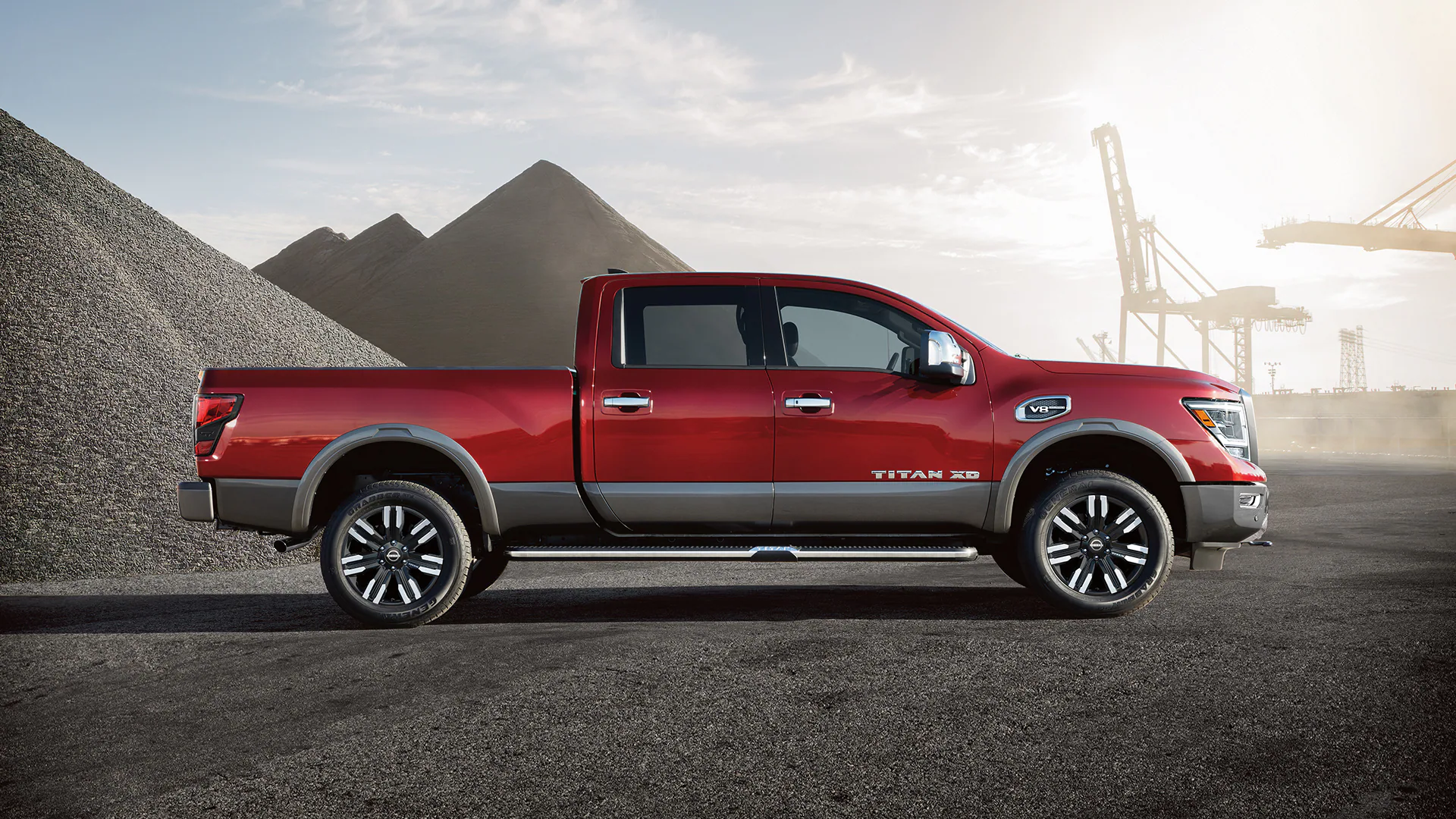
1. Nissan Titan
The Nissan Titan has struggled to find consistent traction in the fiercely competitive full-size truck market, leading to prolonged stays on dealer lots even when heavily discounted. One of the fundamental issues the Titan faces is its inability to shake the “also-ran” perception relative to segment leaders like the Ford F-150, Chevrolet Silverado, and Ram 1500.
Despite offering respectable powertrains and a decent feature set, the Titan often gets overlooked by buyers who gravitate toward brands with stronger reputations for toughness, reliability, or technology. This perception gap hurts the Titan’s desirability and slows its turnover rate.
Beyond branding challenges, the Titan’s design and performance specs have not kept pace with shifting buyer expectations in recent years. While it offers a V8 engine as standard, it lacks the variety of powertrain options available from competitors, such as turbocharged V6s, diesels, or hybrids, which appeal to a broader market.
This limited lineup reduces the Titan’s appeal to both work-focused buyers and those looking for fuel-efficient or cutting-edge alternatives. Moreover, while the Titan has made improvements to its interior and tech, it still falls short compared to rivals offering more modern, user-friendly infotainment systems and safety features. This dated perception impacts customer interest and contributes to trucks sitting unsold.
Pricing strategy, while often aggressive to try and move inventory, hasn’t fully compensated for these drawbacks. Dealers frequently offer substantial discounts and incentives to clear Titans from their lots, but even this doesn’t always entice buyers who view the truck as a second or third choice.
In many cases, potential purchasers prefer to wait for deals on more established nameplates or simply avoid the Nissan brand altogether in the pickup category. This dynamic creates a cycle of slow sales, which forces dealers to further slash prices, impacting profitability and inventory turnover negatively.
Additionally, market positioning and dealer network size pose challenges for the Titan. Nissan’s truck-focused advertising and brand presence pale in comparison to its American competitors, limiting exposure to potential customers. Dealers often prioritize stocking trucks that sell quickly, so Titans receive less floor space, fewer demo models, and less marketing support.
This lack of momentum and limited dealer enthusiasm further contributes to Titans languishing on lots despite steep discounts. The combination of these factors makes the Nissan Titan a truck that, unfortunately, sits long even when heavily discounted.
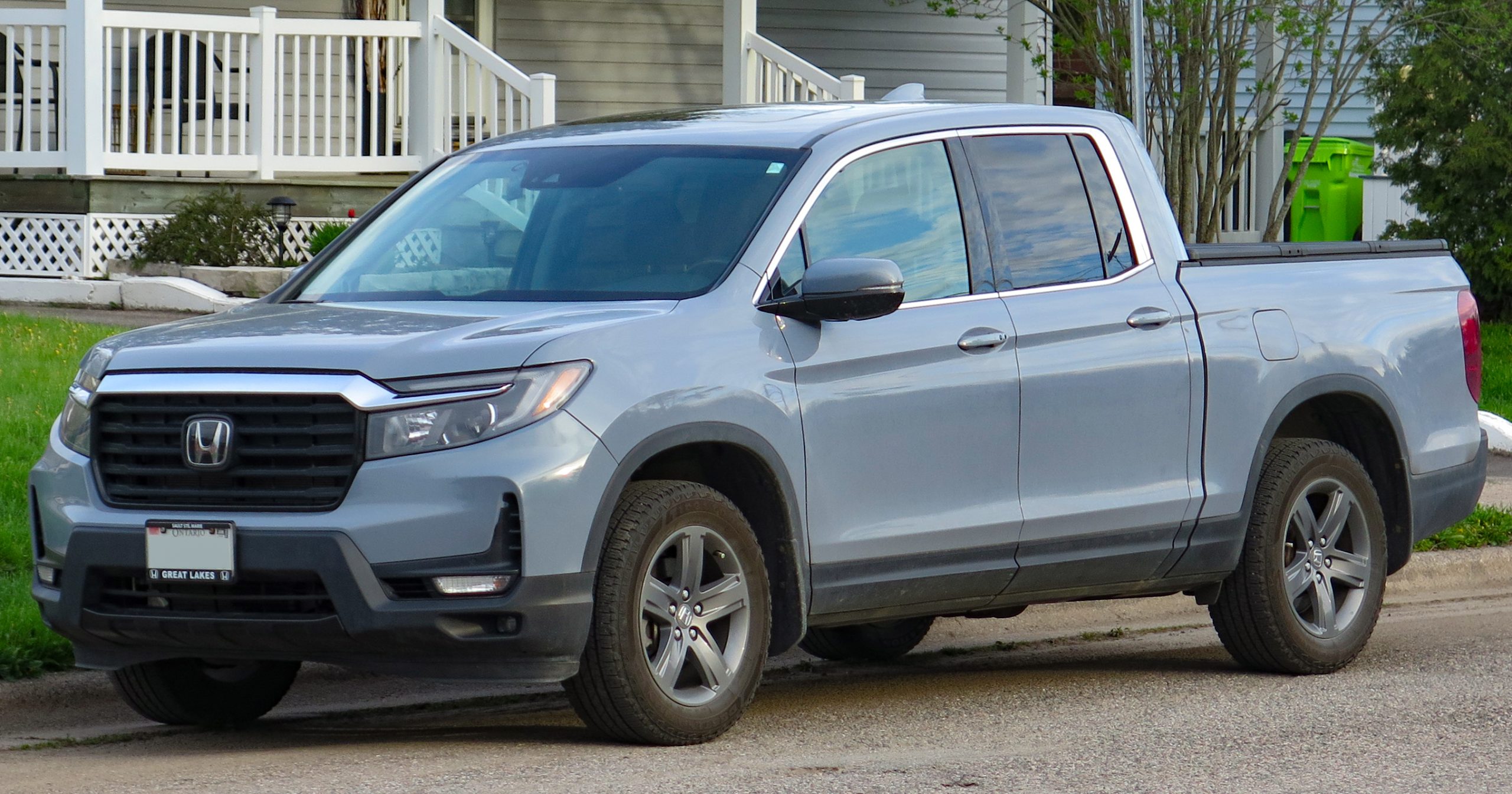
2. Honda Ridgeline
The Honda Ridgeline occupies a unique niche in the midsize truck segment but struggles with a distinct identity crisis that affects its marketability and sales velocity. Known for its car-like ride, unibody construction, and emphasis on comfort and practicality, the Ridgeline appeals to buyers who want a crossover that can occasionally haul or tow.
However, many traditional pickup buyers view the Ridgeline as too soft or less capable, which dampens its overall demand. This perception problem is a primary reason why Ridgelines often remain on lots longer, even when dealers offer significant price reductions.
Unlike most trucks built on body-on-frame platforms, the Ridgeline’s unibody architecture delivers superior ride quality and handling but sacrifices towing and payload capacity compared to rivals like the Toyota Tacoma or Ford Ranger. This trade-off limits its appeal to buyers who prioritize heavy-duty work capability or off-road performance.
While Honda has equipped the Ridgeline with features such as a versatile in-bed trunk and advanced infotainment, these attributes alone have not been enough to sway many traditional truck shoppers. The truck’s “crossover with a bed” identity creates confusion about who it is really for, resulting in slower sales.
From a pricing perspective, the Ridgeline is often positioned higher than many midsize pickups, which can be a tough sell when buyers can get larger payload capacities or off-road options for similar prices. Even with generous dealer discounts and incentives, many buyers hesitate to invest in a truck that doesn’t fulfill their conventional pickup expectations.
The Ridgeline’s interior comfort and everyday usability attract some buyers, but the core truck market segment’s emphasis on ruggedness and capability continues to overshadow these strengths. This mismatch between product attributes and market demand leads to trucks sitting longer on lots.
Dealer support and marketing efforts for the Ridgeline also lag behind competitors. While Honda is a powerhouse in cars and SUVs, its truck marketing and dealer expertise are less robust, reducing the truck’s visibility and desirability. In many dealerships, Ridgelines receive less showroom space and fewer promotions compared to more traditional pickups, which limits consumer awareness.
Combined with a small production volume and limited body styles, this constrained presence translates into slower inventory turnover. Thus, despite being a high-quality vehicle with innovative features, the Ridgeline’s unique positioning often causes it to linger on lots even when aggressively discounted.
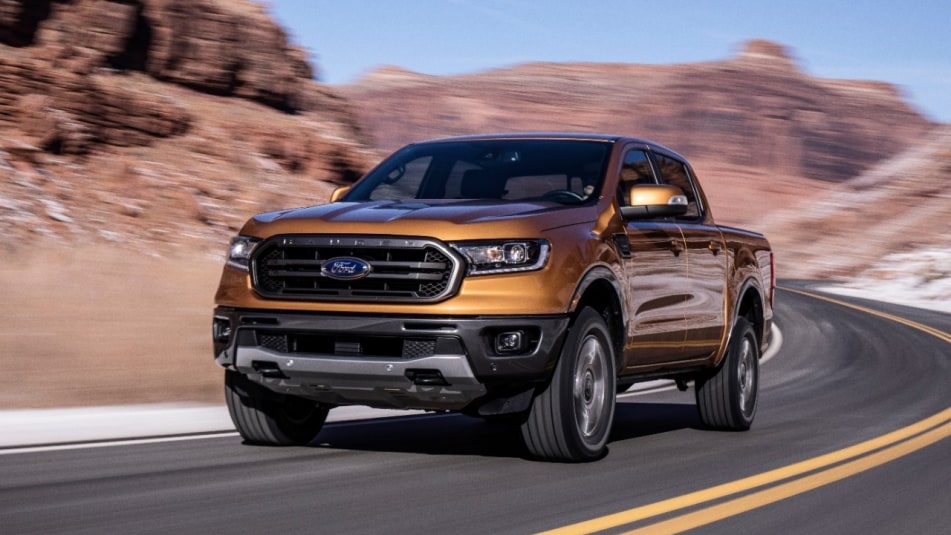
3. Ford Ranger
The Ford Ranger, reintroduced to the U.S. market after a long hiatus, has faced a tough battle gaining sustained popularity despite Ford’s overall strong truck pedigree.
The midsize pickup segment is crowded with established contenders like the Toyota Tacoma and Chevrolet Colorado, and the Ranger’s re-entry hasn’t generated enough buzz or loyalty to make it a quick seller. This lack of strong brand affinity and perceived value often leads to Rangers sitting unsold on dealership lots, even when dealers slash prices and offer incentives.
One issue facing the Ranger is that it is sometimes overshadowed by Ford’s flagship F-150, which dominates the full-size truck market. Buyers looking for a Ford truck may prefer to stretch their budget to get an F-150 instead of settling for a smaller midsize pickup, given the F-150’s status and greater capability.
For other buyers, the Ranger’s appeal as a smaller, more maneuverable truck isn’t always enough to justify a premium price or sacrifice in towing and payload capacity. This in-between positioning can cause hesitation among potential buyers, especially those unfamiliar with the Ranger’s capabilities or history.
From a technology standpoint, the Ranger offers modern infotainment and safety features, but it has struggled with limited trim variety and somewhat conservative styling that fails to stand out in a competitive field.
In comparison, competitors like the Tacoma have cultivated rugged, adventurous images and provide more specialized trims geared towards off-road enthusiasts. These market perceptions influence buyer enthusiasm, reducing the urgency to purchase a Ranger immediately and extending its time on the lot.
Dealership network and marketing also play roles in the Ranger’s slow turnover. Ford dealers often focus their truck sales efforts on the F-150 due to its overwhelming popularity and profitability, leaving the Ranger with less showroom prominence and fewer dedicated marketing campaigns.
This uneven emphasis can leave potential buyers unaware of the Ranger’s strengths or discounts, further slowing sales. Consequently, despite Ford’s overall truck dominance, the Ranger remains one of the slower-moving trucks on dealer lots, often sitting even when discounted.
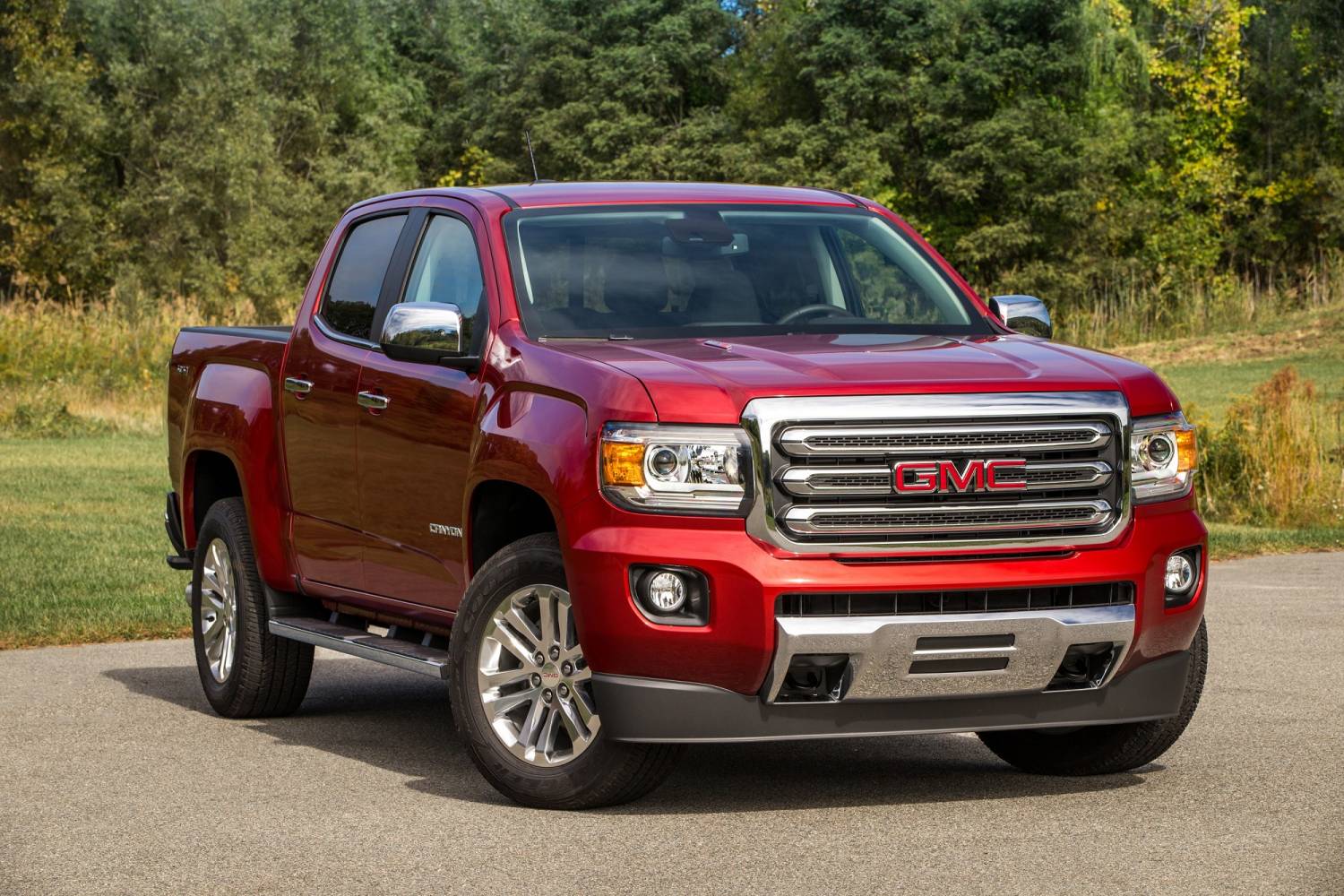
4. GMC Canyon
The GMC Canyon, a close sibling to the Chevrolet Colorado, struggles to find its own identity in the midsize truck space, causing it to frequently sit on dealer lots despite price cuts. While the Canyon shares much of its underpinnings and capabilities with the Colorado, it is positioned as a more premium option, which paradoxically narrows its appeal.
Buyers looking for a rugged, affordable midsize pickup tend to gravitate toward the Chevrolet Colorado or Toyota Tacoma, while those seeking luxury in a pickup often look to full-size trucks or luxury brands. This middle ground leaves the Canyon in a challenging sales position.
The Canyon’s premium pricing and trim options, such as the Denali, pack impressive features and materials but often price the truck out of reach for budget-conscious buyers who might otherwise consider midsize pickups.
At the same time, it lacks the broad brand cachet or status symbol allure that full-size luxury pickups like the GMC Sierra Denali or Ford F-150 Limited hold. This pricing disconnect diminishes buyer enthusiasm and contributes to longer lot times.
The truck’s styling and feature set, while modern and well-executed, do not sufficiently differentiate it from its Chevy sibling or competitors. The similarities between the Canyon and Colorado can confuse buyers, leading many to opt for the Chevrolet simply because of better perceived value or marketing presence.
This brand overlap and identity issue reduces the Canyon’s urgency in the marketplace, causing it to linger on lots even when dealers offer discounts.
Dealer incentives and production volume also impact the Canyon’s sales cycle. GMC dealers often have fewer midsize trucks in stock compared to full-size models, resulting in less focus on promoting the Canyon. Meanwhile, the midsize truck segment’s overall size is smaller than full-size, limiting the pool of potential customers.
When discounts come, they can move inventory, but often not fast enough to prevent the trucks from sitting for extended periods. Consequently, the GMC Canyon remains a slower-moving model that dealers must discount heavily to clear.
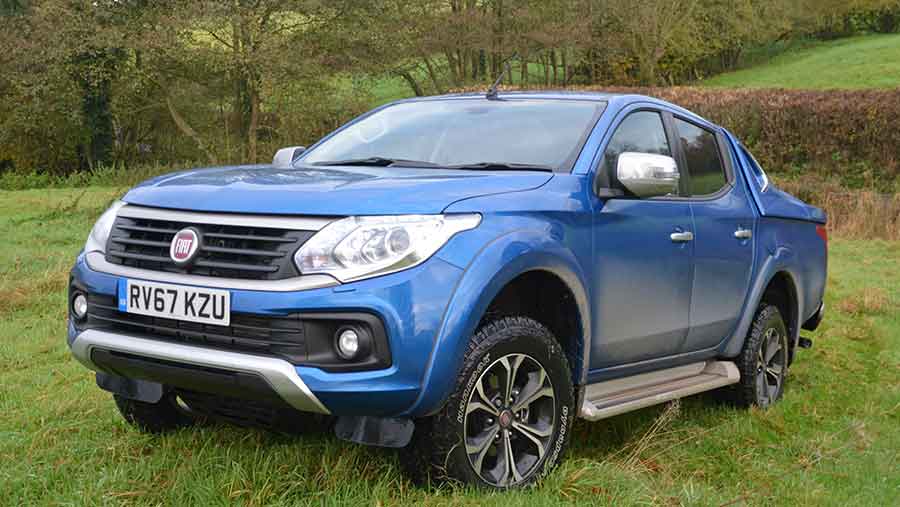
5. Fiat Fullback
The Fiat Fullback, a rebadged version of the Mitsubishi L200 designed primarily for European and international markets, has faced significant challenges in gaining traction in the North American pickup market, leading to very slow sales and lots of inventory sitting idle, even with discounts.
One of the major hurdles is that the Fullback lacks the brand recognition and dealer support that are critical in the highly competitive U.S. truck space. Fiat’s reputation for small cars and crossovers doesn’t translate well to the rugged, workhorse imagethat truck buyers desire, creating a tough uphill battle.
Performance-wise, the Fullback offers competent off-road capabilities and a decent payload capacity, but it is not class-leading in any category. Buyers comparing it to midsize trucks like the Toyota Tacoma or Chevrolet Colorado often find the Fullback less compelling in terms of technology, comfort, or powertrain options.
This gap diminishes buyer interest and results in the Fullback being viewed as a niche or last-resort choice, which slows turnover.
Pricing strategies aimed at stimulating demand, including substantial discounts and incentives, have only partially mitigated these issues. Many dealers find themselves holding onto Fullbacks longer because customers prefer trucks with stronger market presence and proven reputations.
The lack of a widespread dealer network further hampers efforts to move inventory quickly, as fewer locations carry the model, reducing consumer exposure and test drive opportunities.
Finally, Fiat’s limited focus on marketing pickups and minimal investment in truck-specific after-sales support reduces consumer confidence. Buyers tend to gravitate toward brands known for heavy-duty trucks and strong warranty coverage, which the Fullback struggles to match.
This lack of market positioning and consumer trust means the Fiat Fullback often remains on dealer lots, sitting idle despite aggressive price cuts, making it one of the slowest-selling trucks in many regions.
Also Read: 5 Cars That Are Easy to Park and 5 That Always Hit the Curb
The pickup truck market’s intricate dynamics clearly illustrate that not all trucks are created equal in the eyes of buyers and dealers alike. While many trucks boast impressive specifications and respectable credentials, only a select few consistently capture market demand so effectively that they sell before they are officially listed.
These trucks—such as the Ford F-150, Chevrolet Silverado 1500, Ram 1500, Toyota Tacoma, and GMC Sierra—combine a potent mix of brand equity, performance, innovation, and consumer trust. Their success is built on decades of reputation, continuous product refinement, and alignment with evolving buyer expectations, creating an almost unmatched appeal that drives rapid sales and strong resale values.
This high demand reflects more than just raw capability; it speaks to how these trucks fit into the lifestyles and professional needs of a wide array of customers. Their comprehensive offerings—from powertrain diversity and cutting-edge technology to comfort and safety—make them accessible and attractive to first-time buyers, seasoned truck owners, commercial fleets, and lifestyle users alike.
Furthermore, strong dealer support and aggressive marketing campaigns help ensure these models are readily visible and available to buyers, often resulting in pre-orders and waiting lists that clear inventory before public listings. Their success demonstrates the critical importance of aligning product features and brand messaging with customer desires and market trends.
Conversely, the struggle faced by trucks like the Nissan Titan, Honda Ridgeline, Ford Ranger, GMC Canyon, and Fiat Fullback underscores the challenges of breaking into or maintaining a foothold in a competitive market. Despite aggressive discounting, these models often fail to generate sufficient buyer enthusiasm or brand loyalty to move quickly.
Issues such as limited powertrain options, unclear market positioning, outdated technology, and weak dealer support contribute to their extended lot times. For many potential buyers, these trucks do not resonate as strongly because they lack either the rugged image or the lifestyle appeal that buyers seek, leading to hesitation and slower turnover.
These slower-moving trucks serve as cautionary tales for manufacturers and dealers, emphasizing the critical role of product differentiation, marketing clarity, and customer engagement. Without a clear value proposition or distinctive competitive advantage, even substantial price cuts may not be enough to drive brisk sales.
Moreover, dealers must be strategic about inventory management, balancing the risk of stocking less popular models against the need to offer variety. For buyers, understanding these market signals can inform smarter purchasing decisions, helping them avoid vehicles that may depreciate more quickly or have less widespread support.
Looking ahead, the truck market will continue to evolve rapidly, driven by advances in electrification, autonomous driving, and connectivity. Models that innovate and adapt to these trends—while retaining core strengths in capability and reliability—are more likely to succeed.
The trucks that sell before you list today set the standard for what customers expect tomorrow. Meanwhile, lagging models will need significant reinvention or repositioning to remain relevant.
Ultimately, whether you’re a dealer looking to optimize inventory, a manufacturer refining your product line, or a buyer navigating a crowded market, understanding the nuanced factors behind fast-selling versus slow-selling trucks is invaluable.
Trucks represent significant investments, both financially and emotionally. Aligning choices with models that enjoy strong demand and solid resale value not only protects that investment but enhances ownership satisfaction.
In summary, the stark contrast between trucks that sell quickly and those that linger underscores fundamental truths about consumer behavior, market dynamics, and brand power in the pickup segment. The best-selling trucks do not just meet needs—they exceed expectations, build trust, and create lasting loyalty.
Meanwhile, those that struggle offer lessons on the importance of innovation, positioning, and meeting buyer priorities in a highly competitive market. Recognizing these distinctions enables smarter decisions and a clearer understanding of what makes a pickup truck truly successful.

